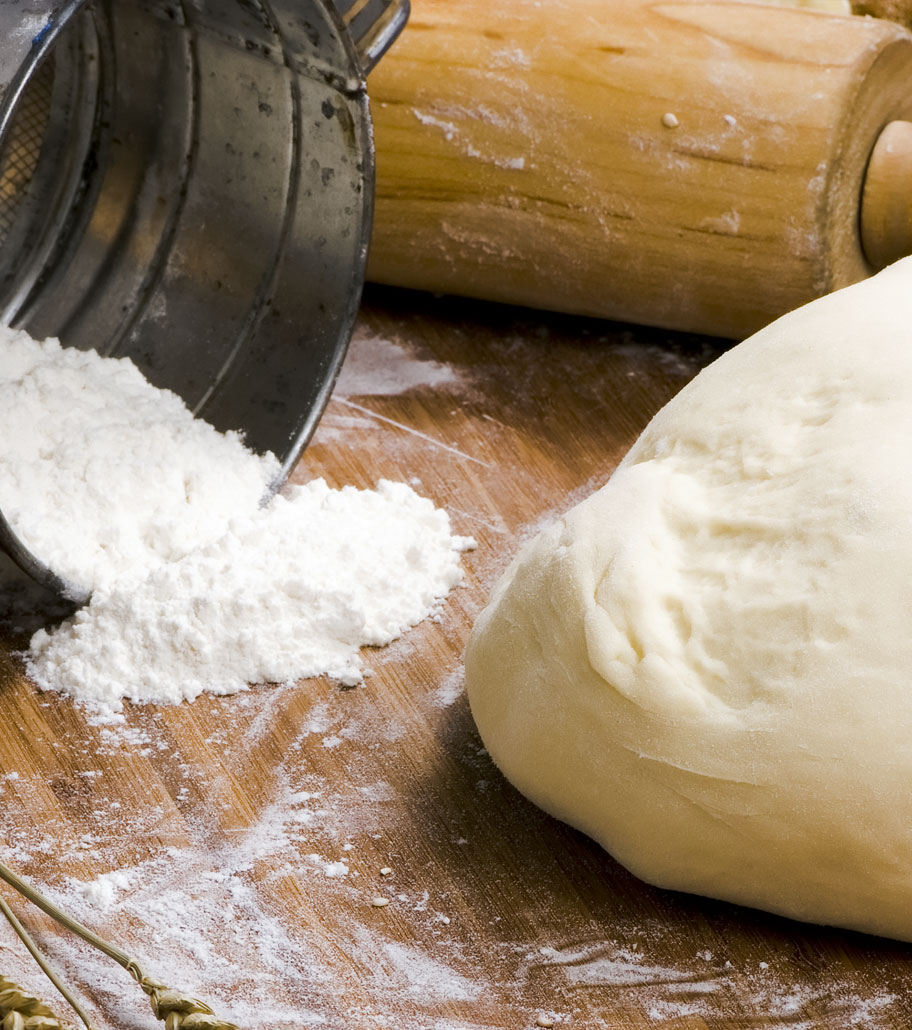
12 Jan 2017
The History of BreadThe first shape of bread was an unleavened flatbread made with the flour of grains mixed with water.
Bread is a type of food that comes from leavening and baking a mixture of cereal grain flour, water and salt. On Mediterranean tables, it’s a primary component of all meals, though its use is deeply rooted in ancient history.
The history of bread began a long time ago.
In ancient Egypt, the grains of cereals were ground by women in their homes, and the flour obtained was used to make various kinds of bread and flatbreads, which were then traded.
In Ancient Rome, bread was also made at home, but it was not traded, it was just a type of food consumed at home.
The first bakeries in Rome
Growing cereals was an essential staple in the diet of the Greek and Roman civilisations. Spelt, soups, flatbreads and later actual bread were the favourite types of food among those people. Spelt, a durum wheat rich in fibre, is an ancestor of wheat, which in Roman times became the most important cereal. The flour obtained from grinding wheat was the best for bread making.
The public bakeries in Rome were controlled by the Aediles, but many private bakeries supplied the tables of the populace, among them the bakery of Marcus Vergilius Eurysaces, whose tomb became a famous landmark near Porta Maggiore. Additionally, in Ancient Rome, a street was named after bread, Panisperna. The Romans possibly learned to use yeast and bake in an enclosed oven from Macedonian prisoners. The first guild of bakers dates back to 147 BC, and at the time of Augustus there were over 300 bakeries
In the next article, we’ll talk about skilled Greek bakers and the most popular types of bread at the time.

The history of bread
began a long time ago.
